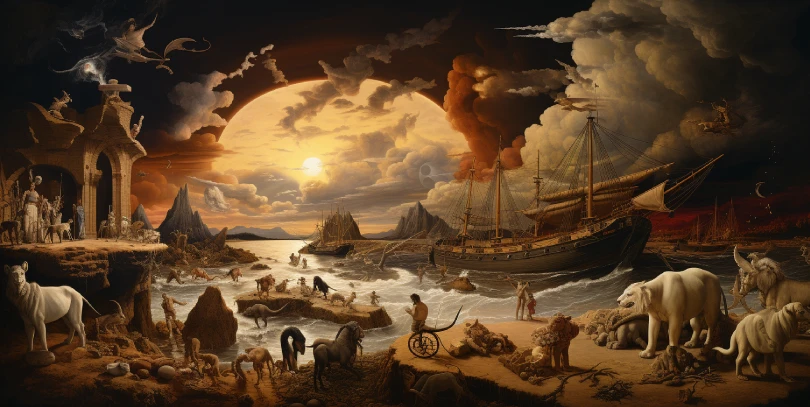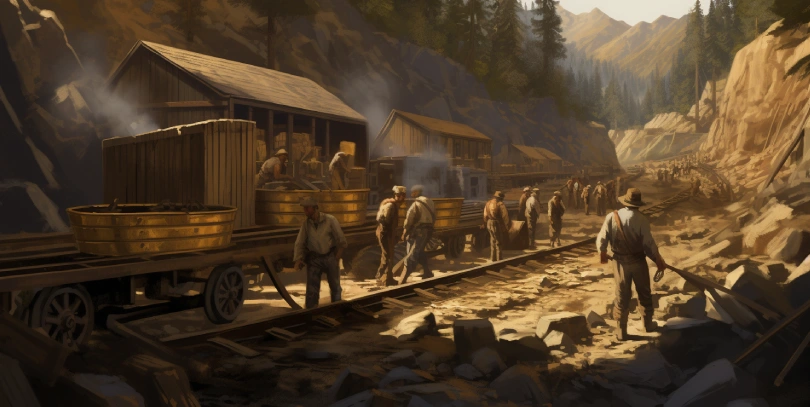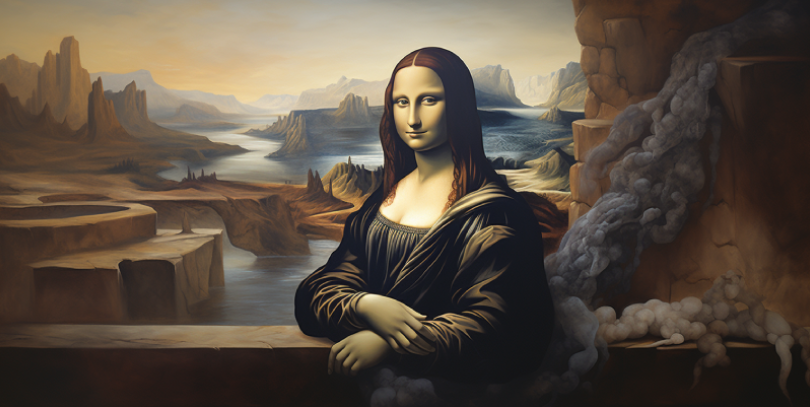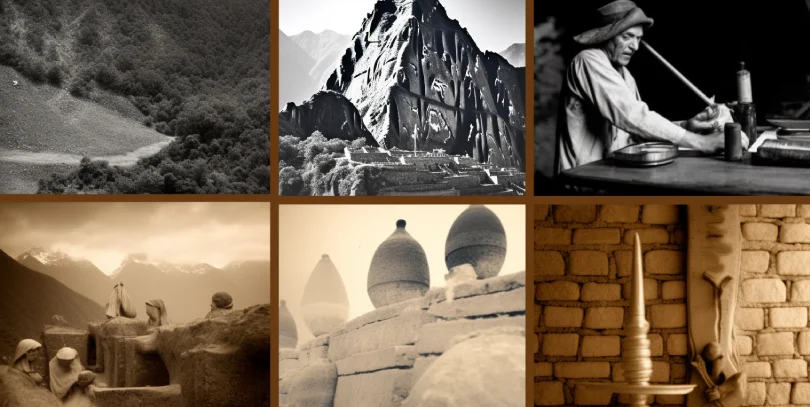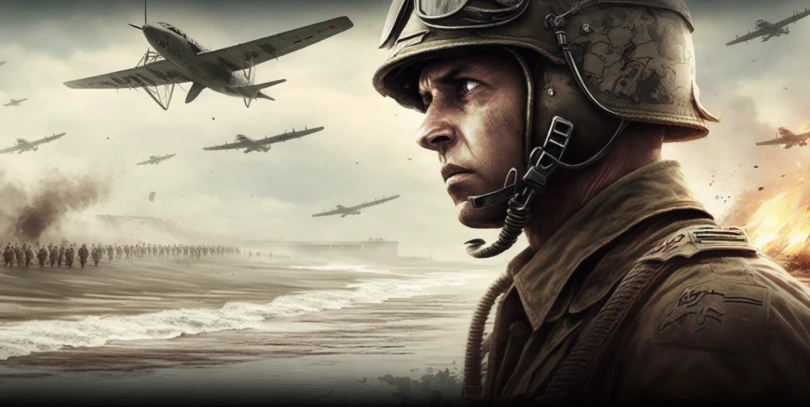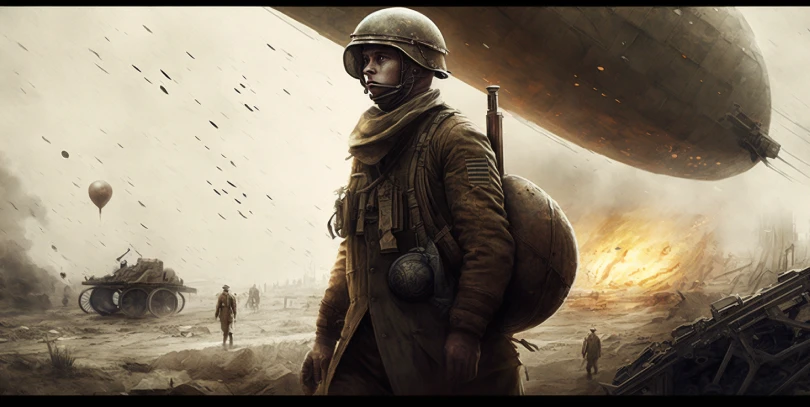The Medieval era was an incredibly fascinating time period in history. During this period, there were huge advances in art, culture, and technology. Even though the medieval era was a time of progress and innovation, there are still many unknown and fascinating facts about it. Here are 21 of the most interesting and unknown facts about medieval times.
- The medieval period lasted from the 5th to the 15th century and was a time of great advancement in Europe. This period is often used for reference due to its advancements and innovations in Europe.
- During the medieval period, Europe saw the development of the three-field system of agriculture, which allowed for a more efficient use of land. One field was used for crop rotation, another for legumes and the third for fallow. This system increased crop yields and provided a stable source of food for European populations, allowing them to flourish during this time period.
- During the reign of the king, a general idea of what a feudal society looked like was formed. The feudal system was based on lords and vassals with the king at the top and his subjects at the bottom. This system provided King’s with powerful control over their territories and benefit for the kingdoms as a whole. The system also bound lords amd vassals through complex arrangements of duties and obligations.
- Castles were used as a way to protect the lords and their property during the medieval ages. They became more common as time went on and started appearing in areas throughout Europe along with England, France, Germany and Japan.
- Catholicism dominated Europe during the Middle Ages, but some of its traditions are far from what we’ve come to expect today. Many of the industry’s celebratory holidays and religious festivals were built around Catholic theology.
- The Hundred Years’ War was a major event that took place in Europe during the Middle Ages and lasted from 1337-1453.
- The Black Death was one of the most devastating pandemics of the medieval period. It killed millions of people in Europe between 1347 and 1351. In total, anywhere 60% percent of Europe’s population would have died during this time period. The pandemic had a profound impact on society and was one of the most devastating events in modern history.
- The development of literacy and universities was a major advancement during the Middle Ages. In 1088, the first university in Europe was founded in Bologna.
- During the Middle Ages, guilds emerged as a way for craftspeople to organize and share knowledge about their trade. Guilds provided a platform for craftspeople to come together, share their skills and techniques, and create standards for quality control. They also enabled artisans to negotiate better pay and working conditions, as well as protect their interests. Guilds became an integral part of the economy during this period, and have helped shape our modern society in many ways.
- The use of horses in warfare was a major development during the Middle Ages. Horses allowed soldiers to quickly maneuver & outflank opponents, sometimes gaining an advantage over them and winning a battle. The impact military technology had on medieval warfare completely changed the way battles were fought and won.
- In the Middle Ages, with the emergence of trade and commerce, more cities and towns were created. The year 1380 saw the rise of trade guilds that regulated prices and quality. Guilds also promoted fair conditions for their members. As more people moved into cities, they became hubs of learning and culture. Cities that focus on creative and artistic endeavors flourished as well. During this period, cities were greatly developed around the world, which not only supported economic activity but had a profound impact on society, culture and politics.
- Monasteries were an important part of life during the Middle Ages, providing education, protection, and a place of spirituality and refuge. Additionally, they offered safety from the outside world physically.
- During the Middle Ages, the Norsemen or Vikings were a major presence in Europe, raiding towns and settling in countries like England, France, and Ireland. The Vikings were renowned for their naval expertise and their trading networks that extended throughout Europe.
- In the Middle Ages, feudal law was used to maintain justice and order in society. Punishments for criminals were often very harsh in comparison with modern practices. Feudal law was originally based on the idea of reciprocal obligations, in which lords could demand loyalty from their subjects in exchange for protection. Harsh punishments can be used to cover breaking the laws, such as fines, floggings, imprisonment or even death.
- During the Middle Ages, jousting was a popular form of entertainment for knights. The contest on this day was between two mounted knights, each with their lance. They gallop towards the other while they try to maneuver their buckler (a shield) in an attempt to strike at the opponent’s outer armament, which consists of a breastplate and backplate. In tournaments, knights would show skills in jousting. They often would get cheers from the crowd when they won. The sport is practiced less today but is still alive and well.
- Knights were expected to follow a code of chivalry, which included loyalty, honor, courage, and generosity. This code was intended to guide and inspire knights in their service to their king and country as well as in the conduct of their personal lives. It was an important part of the culture during this time period and many works of literature used it as a basis for stories.
- Coins became widely used in the Middle Ages, with countries keep minting their own and currencies based on them.
- The Magna Carta was an important document of the Middle Ages, as it limited the power of the English monarchy and provided greater rights for the people. Signed by King John of England in 1215, it established a set of rights and freedoms for people living under the monarchy. It limited the power of the monarch and provided greater civil liberties and legal protections for individuals. This document was an important step forward towards democracy, as it provided a basis for citizens to challenge their rulers and be protected from arbitrary actions. As such, it is an invaluable document that had far-reaching implications for centuries after its signing.
- The Catholic Church had a huge influence on European society during the Middle Ages. Its leader, the Pope, who was very influential in the medieval era, had a lot of power and authority. In this period the church’s teachings were considered law. They were followed by all of Europe’s people. It provided education, spiritual guidance & moral direction in a time when there was no other source of knowledge or morality.
- During the Middle Ages, science and technology were significantly advancing. New inventions and discoveries were being made every day. From the invention of the mechanical clock to the discovery of gunpowder, leaps in technology and science saw a huge increase. This period also saw advancements in medical knowledge and agricultural techniques, as well as in architecture and engineering. These advances helped shape our modern world and paved the way for further innovations.
- The Crusades were a major event of the Middle Ages, between the 11th and 13th centuries, with Christian armies attempting to regain control of the Holy Land from the Muslims. This period of intense conflict was a major event of the Middle Ages, with Christian armies attempting to reclaim Jerusalem and other holy sites in the region. The Crusades ultimately failed, but they had a lasting impact on Christianity and Islam that resonates even today.
Sources:

